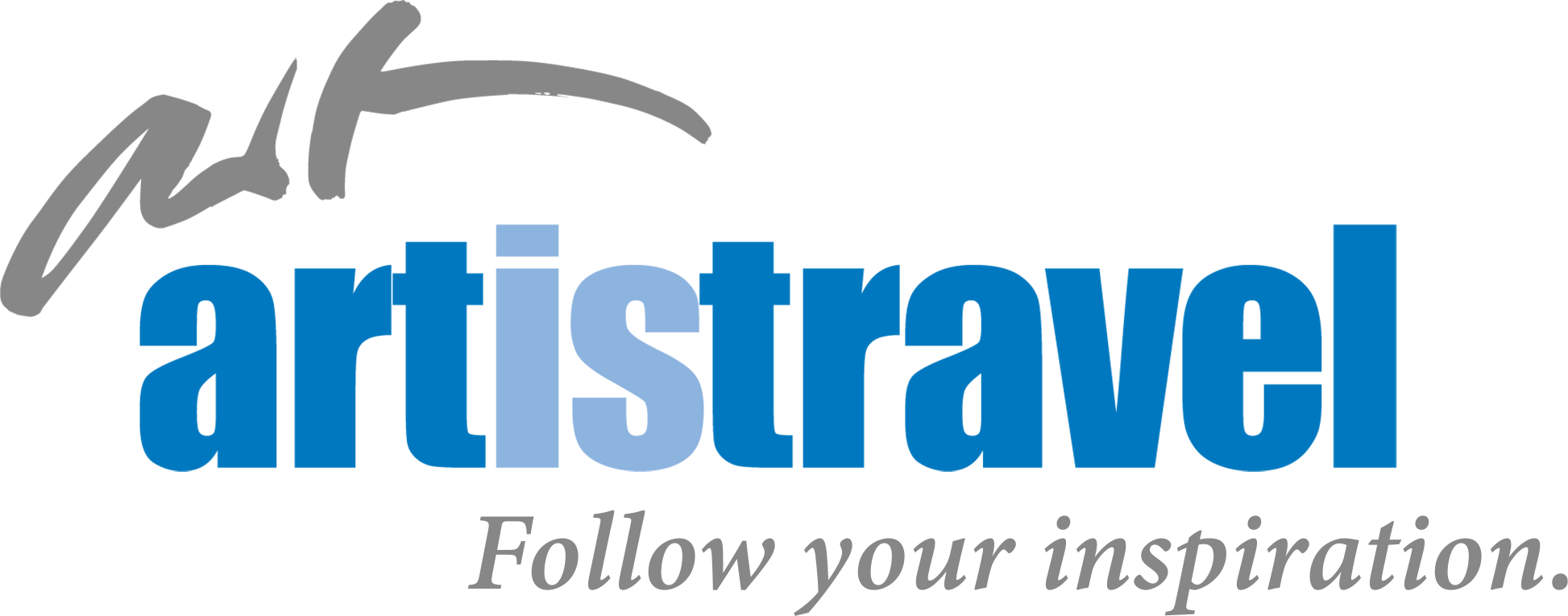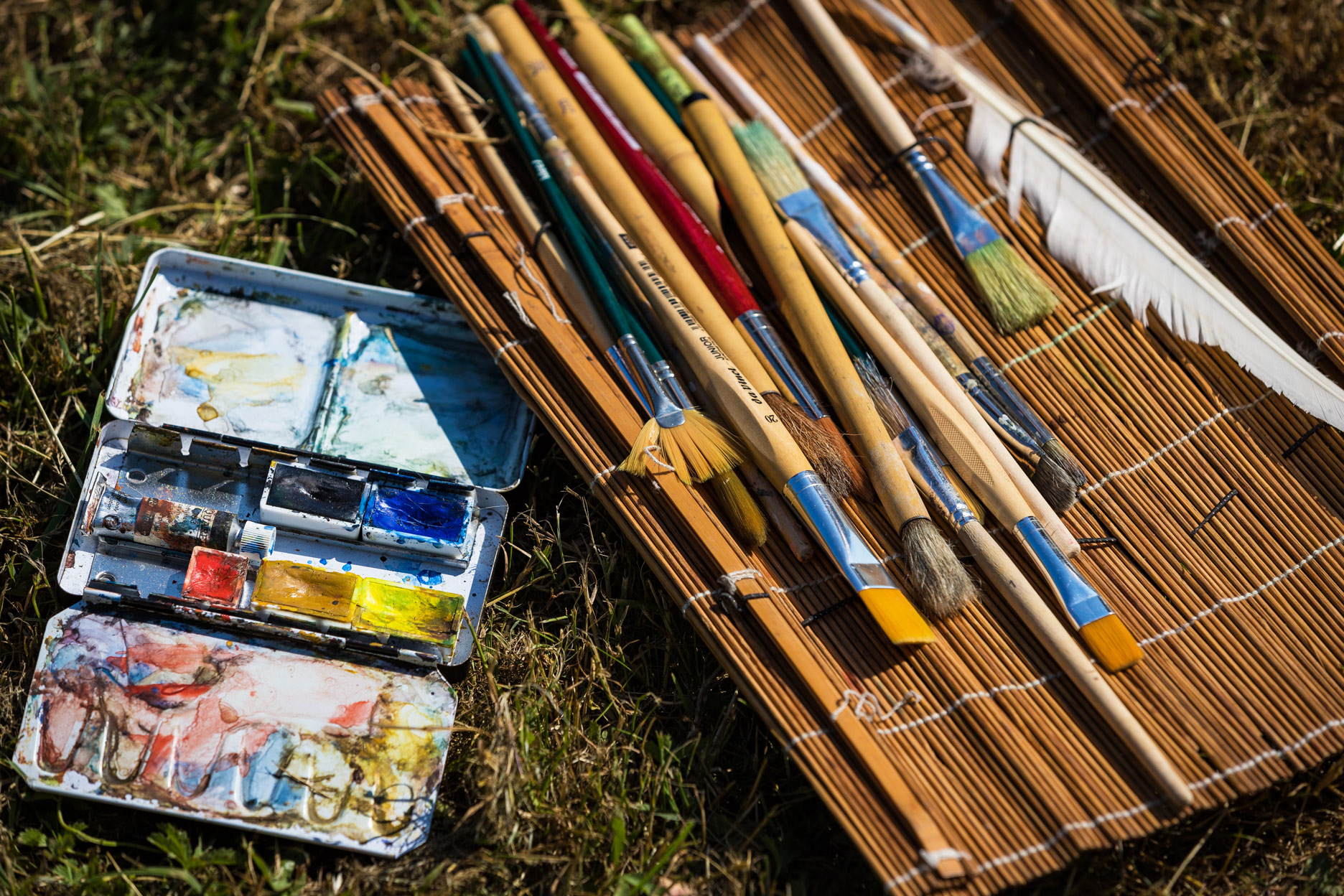News blog - artistravel international
Part 1: The Shape and use of a brush
Each artist has his or her own, carefully composed "brush collection". Ranging from fine brushes, thick brushes, bristle brushes, Japanese brushes and so on ... The variety of brushes allows you a great artistic scope. But which brushes are actually suitable for what purpose? We have created an overview for you, with the most important brushes you need for oil, watercolor and acrylic painting to make painting easier for you.
Brush for oil paints:
Flat brush: The typical oil painting brush! With its broad sides, it is easy to pick up the oil color and paint it flat. With its narrow sides you can paint details and lines. It is convenient to have it available in different brush widths.
Round brush: The brush for the details! In oil painting you only need it in small sizes. With the tip you can paint very fine, with the wide "body" you can also paint flat.
Tug Brushes: Fonts and Lines! The round brush with its long tail is perfect for this.
Distributor Brush: Painting gradients! With the fan-shaped brush, which has a narrow brush tip, you can paint moist oil paint finely into each other.
Cat Tongue Brush: The favorite of many painters! The flat brush with rounded front corners is suitable for dabbing and setting printers.
Varnish brushes: Primers and varnishes! For this, the very wide and thin flat brush is great!
Rubber brush: As the name of the brush suggests, the flat brush is equipped with a molded rubber tip instead of hair.
Painter / palette knife: Finally, the fine metal spatula with a thin handle, which is just like the rubber brush, suitable for the Impasto technique.
Generally, the brush should have a good contour/shape. Brush hair should be supple and soft, as it is particularly suitable for fine oil painting. Whereas bristle brushes for rough oil painting should be rather firm and elastic. No matter if using a long or short brush, handle is purely dependent on your well-being. However, long brushstrokes are mostly used when painting on the easel and short ones when the picture is on a table.
In our next blog entry we will continue with watercolor brushes.
Posted in Creativity, Painting on Jul 17, 2018


